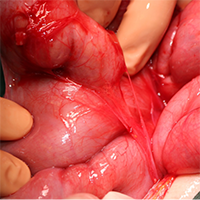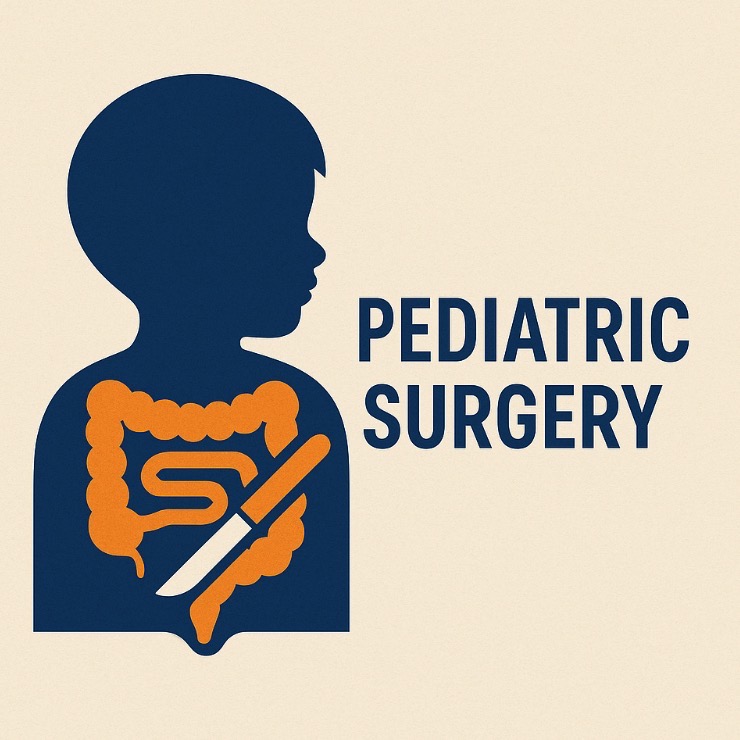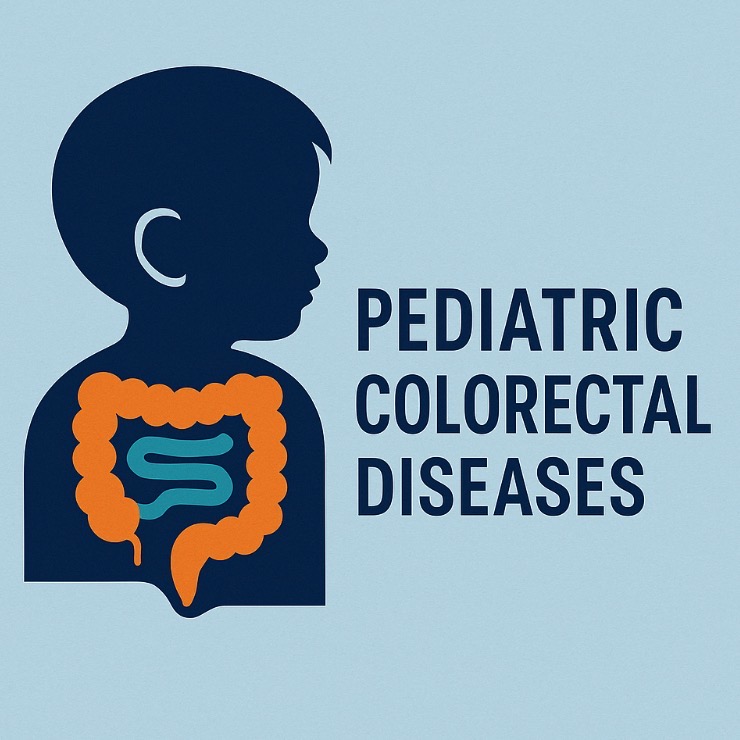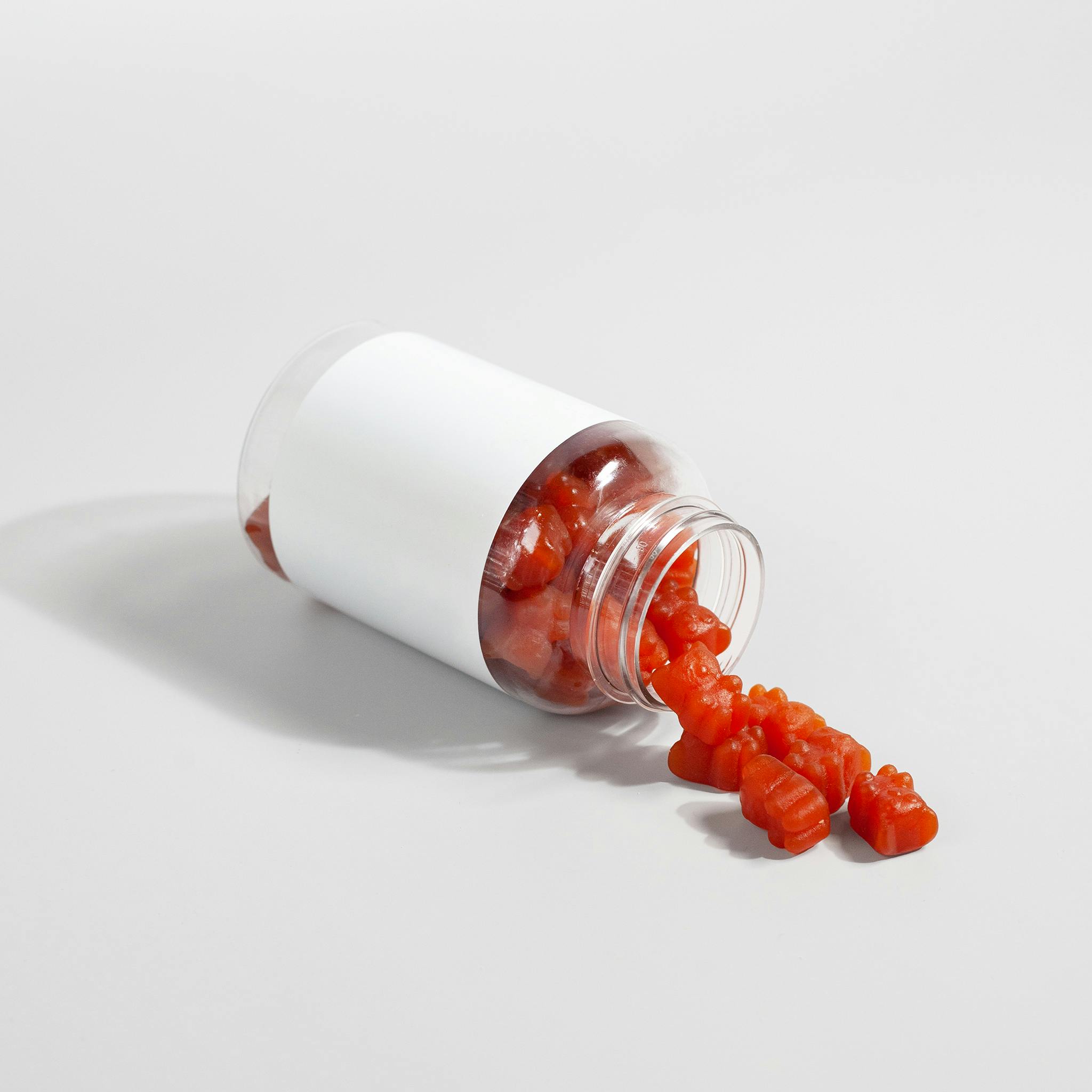Peritoneal dialysis catheters in pediatric patients: 10 years of experience in a single centre

All claims expressed in this article are solely those of the authors and do not necessarily represent those of their affiliated organizations, or those of the publisher, the editors and the reviewers. Any product that may be evaluated in this article or claim that may be made by its manufacturer is not guaranteed or endorsed by the publisher.
Authors
Peritoneal Dialysis (PD) is one of the numerous options for chronic dialysis and in many cases when access for acute dialysis is required early in a hospital course, at any age. PD catheter can be inserted with an open or laparoscopic approach. The complication rate after catheter insertion is still high, as reported in published literature. We present the experience matured at our Centre in the last 10 years on implantation of peritoneal dialysis catheters in children, emphasising surgical complications. We conducted a retrospective study on patients who underwent PD at our Centre in a range period of 10 years. We analysed patients ’demographic data, past and present medical, perioperative and post-operative data, permanence of the catheter, duration of dialysis, the gap between placement and use, outcomes and complications. We compared the data, dividing patients in 2 groups: patients operated with a traditional open technique and patients operated laparoscopically. We retrospectively reviewed 29 children with an average age of 3years and 6 months. Mean age was 42 months (1 month; 8 years) for the VLS group, 18 months (11 days, 4 years) for the OT group. Mean operative time was 106 min for the VLS group; 44 min for the OT group. The Catheter permanence period was 17 days (12h-64 days). Duration of dialysis was between 48 hours and 23 days (average 8 days). In the total population, we registered 8 complications (5 minor, 3 major), the overall complication rate being 33 % (minor complication rate 21%, major complication rate 12,5 %). 6 complications occurred in patients operated laparoscopically (6/14 = 36 %); 2 complications in the OT group (2/10 = 20 %). The complication rate after PD catheter insertion is still high. Advantages and disadvantages of the open and laparoscopic approach must be known. Both minor and major complications, such as bowel perforations and occlusions, must be understood and differentiated.
How to Cite
PAGEPress has chosen to apply the Creative Commons Attribution NonCommercial 4.0 International License (CC BY-NC 4.0) to all manuscripts to be published.










